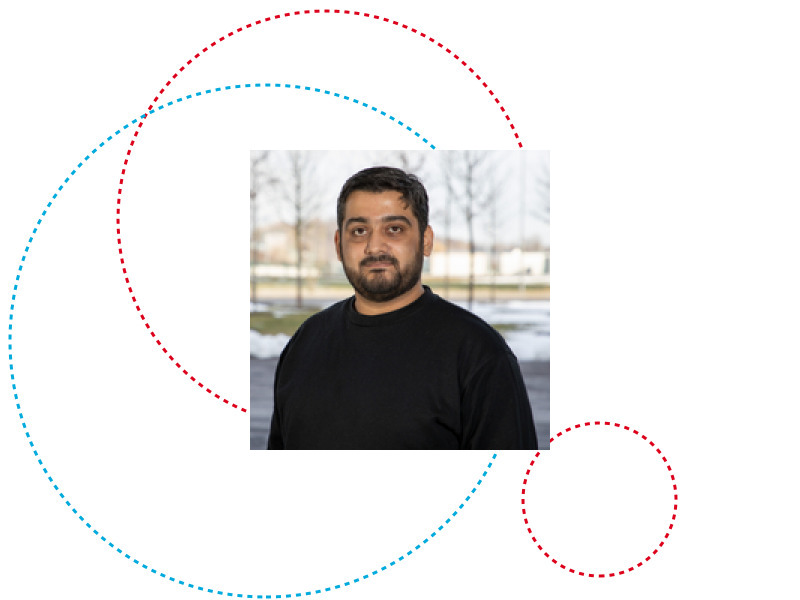You are all cordially invited to attend the Ph.D. defense of Mr. Fitash UL HAQ which will take place in seminar room Metz/Nancy (ground floor, JFK building, Campus Kirchberg).
Members of the Defense committee:
- Prof. Dr Djamila AOUADA Université du Luxembourg Chair
- Prof. Dr. Fabrizio PASTORE Université du Luxembourg Vice-Chair
- Prof. Dr Lionel BRIAND Université du Luxembourg Supervisor
- Prof. Dr Paolo TONELLA Universita della Svizzera Italiana (Switzerland) Member
- Prof. Dr Alessio GAMBI FH Krems (Austria) Member
Abstract:
With the recent advances of Deep Neural Networks (DNNs) in real-world applications, such as Automated Driving Systems (ADS) for self-driving cars, ensuring the reliability and safety of such DNN-Enabled Systems (DES) emerges as a fundamental topic in software testing. Automatically generating new and diverse test data that lead to safety violations of DES presents the following challenges: (1) there can be many safety requirements to be considered at the same time, (2) running a high-fidelity simulator is often very computationally intensive, (3) the space of all possible test data that may trigger safety violations is too large to be exhaustively explored, (4) depending upon the accuracy of the DES under test, it may be infeasible to find a scenario causing violations for some requirements, and (5) DNNs are often developed by a third party, who does not provide access to internal information of the DNNs.
In this dissertation, in collaboration with IEE sensing, we address the aforementioned challenges by providing scalable and practical automated solutions for testing Deep Learning (DL) models and systems.
Specifically, we present the following in the dissertation.
We evaluate our approaches using state-of-the-art deep neural networks and systems. The results show that our approaches perform statistically better than the alternatives.
